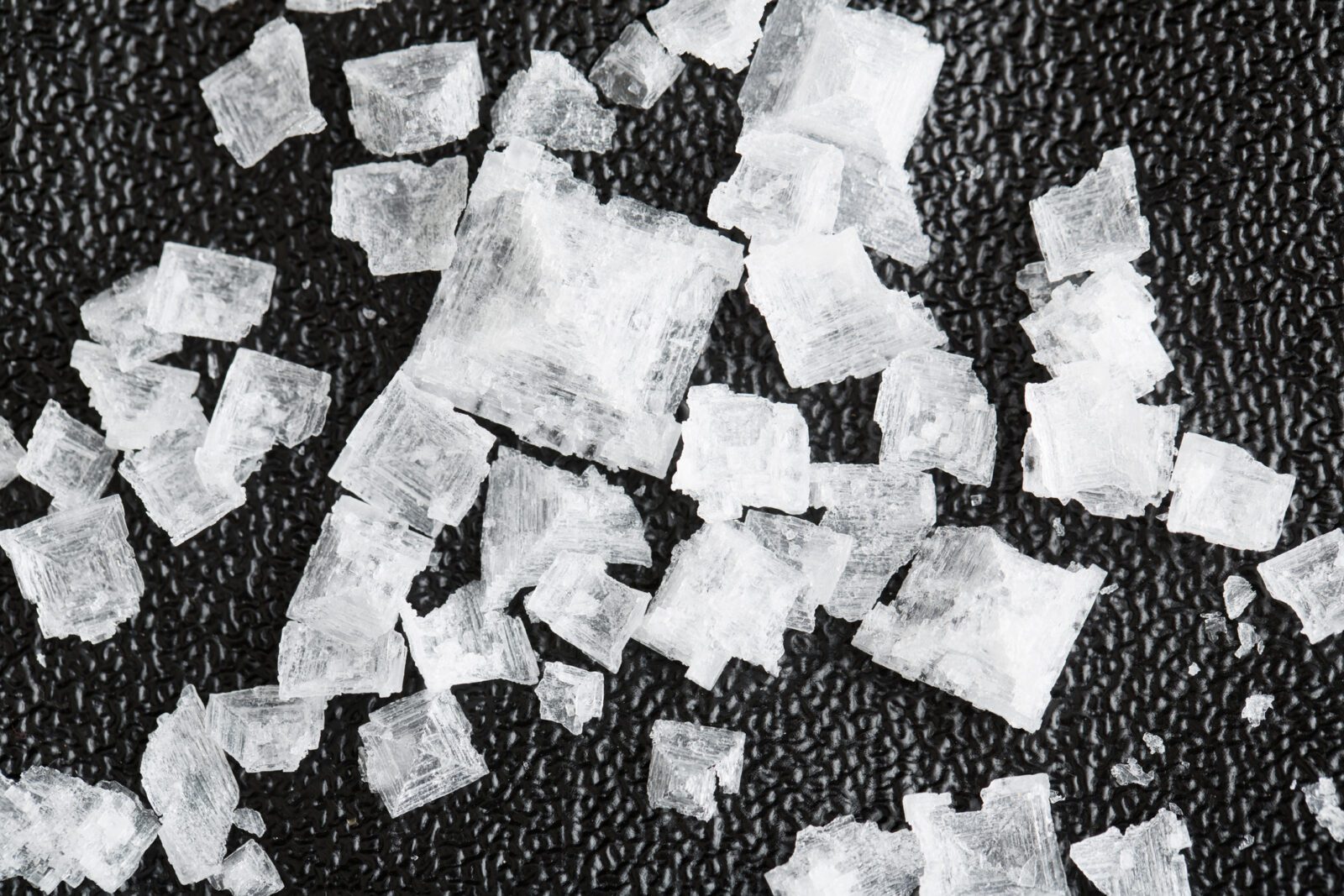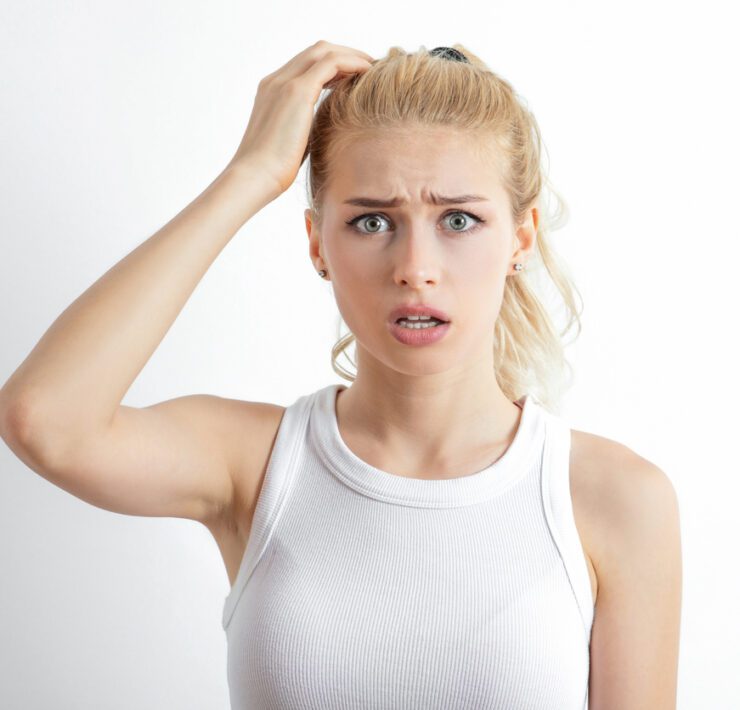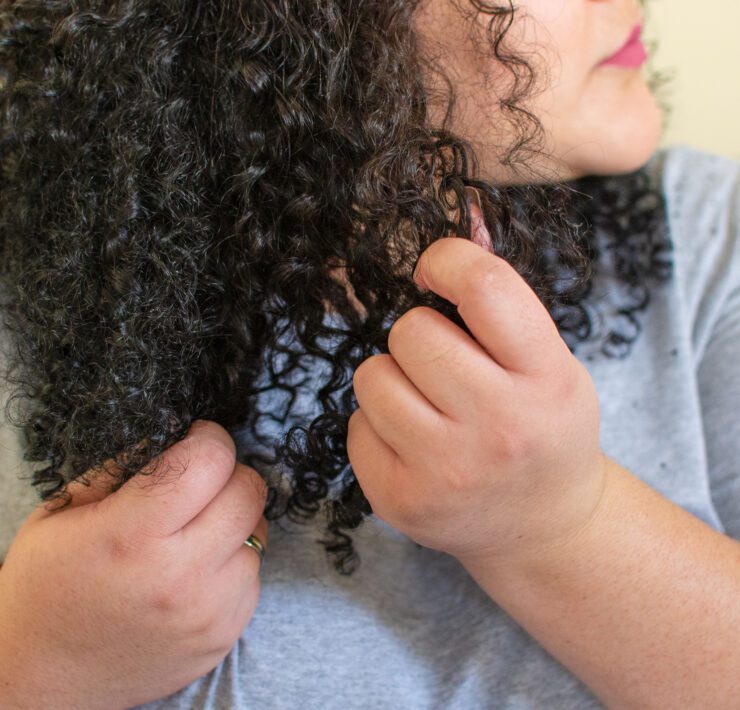
Scalp flaking is the most common symptom that arises from scalp disorders, including dandruff and seborrheic dermatitis. Most common scalp flaking disorders show a strong correlation with sebaceous gland (SG) activity. Early SG activity in the neonate results in microfloral colonization and cradle cap. After maternal hormonal control subsides, there is little SG activity until puberty, when the SG turns on under sex hormone control. When the SG activity increases, the present but low Malassezia yeast population has a new food source and proliferates, resulting in the scalp itching and flaking common to greater than 50% of adults.
Dry scalp flaking, dandruff, and seborrheic dermatitis are chronic scalp manifestations of similar causes differing only in severity. The common etiology is a convergence of three factors: (1) SG secretions, (2) microfloral metabolism, and (3) individual susceptibility. Malassezia degrades sebum, free fatty acids from triglycerides, consumes specific saturated fatty acids, and leaves behind the unsaturated fatty acids. Penetration of the modified sebaceous secretions results in inflammation, irritation, and scalp flaking.
Improved scalp hygiene including optimal moisturizing may help combat scalp flaking. Scalp flaking is treated like scalp itching – with ACV (after dilution with water), peppermint oil (mixed with a suitable carrier oil), tea tree oil, lemongrass oil, etc. Several medicated shampoos are available over the counter. Different products are available for fighting itchy scalp caused by dandruff, eczema, and psoriasis. For example, one should look out for the following active agents: Zinc pyrithione (antibacterial and antifungal), Selenium sulfide (antifungal), Salicylic acid (clarifying and anti scaling), Ketoconazole (antifungal medication), and Coal tar (purifying).
Some useful hair products for scalp flaking are found in the FREE mini-guide in SHOP. (But note that many of these medicated products are not Curly Girl friendly.)
Scientific Resources We Find Useful:
1. Ro, Byung In, and Thomas L. Dawson, “The role of sebaceous gland activity and scalp microfloral metabolism in the etiology of seborrheic dermatitis and dandruff,” Journal of Investigative Dermatology Symposium Proceedings. Vol. 10. No. 3. Elsevier, 2005.
2. Schwartz, J. R., et al., “The role of oxidative damage in poor scalp health: ramifications to causality and associated hair growth,” International Journal of cosmetic science 37 (2015): 9-15.
3. Park, Taehun, et al, “Collapse of human scalp microbiome network in dandruff and seborrhoeic dermatitis”, Experimental dermatology 26.9 (2017): 835-838.
4. http://science-yhairblog.blogspot.com/p/products-for-itchy-scalp.html






